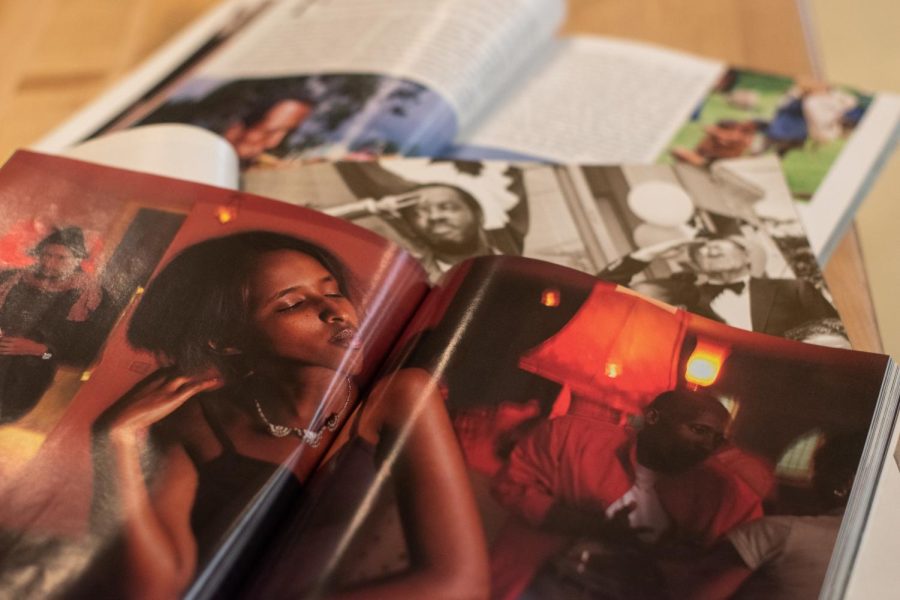Celebrating Black Excellence and Influence Through Fashion
The Black community has contributed a lot to fashion and style including acrylic nails.
February 23, 2022
In a digital age of reposting and sharing, attributions and origins get lost in the shuffle. People often wrongly take credit and thus disregard the true creators. In many cases, Black culture is not given due credit for the popularization of many of the most popular styles of the past decades.
The fashion industry as a whole has failed to change its systematic history of racism and discrediting designers and creatives of color.
Many times Black people have been used to being the background models or stylists when they should really be in the spotlight for their creations and be given credit to the trends and art that they have produced.
For example, acrylic nails and artificial nails, in general, were both created and popularized by Black communities. Donyale Luna, the first Black model to be on the cover of Vogue Magazine, notably wore acrylic nails in her photoshoot. These were also a staple for extremely influential Black pop culture icons such as Diana Ross in the 1970s, and have been a staple in American fashion ever since.
The 1990s R&B (rhythm and blues) culture was also a time of great popularity for acrylic nails and nail art. Artists like Missy Elliott and Lil Kim are known for their exceptional nail designs.
The Black community’s contribution to fashion is the reason nail art is so popular today.
Hoop earrings are also a massive trend, popularized by Black women in the 20th century. Although many non-European cultures can be attributed credit for the origination of hoop earrings, Black and Latinx people have popularized them.
During the Jazz age, Josephine Baker, a musician and Civil Rights Activist regularly wore large hoops. Soon after, at the height of the Civil Rights movement, large hoops became a staple, and a way to convey Black power and compliment an Afrocentric style of dressing.
Larger and thicker hoops began to emerge during the 1990s and 2000s, becoming essential in hip hop and streetwear culture, as well as people of color’s identity and personal and cultural style.
Sneakers and the shoe-wear scene have also been popularized by Black culture.
Black youth in the 1980s and 1990s popularized tennis shoes with the emergence of ‘Air Jordan.’ These shoes served as credibility and social status, and still do today. Urban cities became hotspots for sneaker culture or “shoe game.” Even though this stretched worldwide, Black culture has still not been given full credit or respect.
Sneaker culture has revolutionized fashion of the past decades, a massive trend in streetwear culture. Even large designer brands have gotten into sneaker culture. For example, brands like Dior, Balenciaga, Off-White, Gucci, and other huge designer retailers now have sneakers for sale.
Oversized clothing is also a generational trend that has been popularized by Black communities. R&B and hip hop culture, a musical genre predominantly listened to by Black people in the 1990s and 2000s popularized large, oversized clothing such as pants, jeans, T-shirts, and sweatshirts.
Aaliyah, a popular R&B artist in the 1990s is attributed a lot of the credit for the cultural effects of R&B fashion.
Attribution is all about respect, and respecting Black culture can effectively happen through fashion. Promoting a more equitable view on what is “professional” through recognizing that the people who made these trends as culturally impactful as they are today are not given the same respect as white people are when they wear the same things is essential.
It is not often that Black originators or trends that Black culture has popularized are respected as theirs. Giving credit where credit is due is important. Respecting fashion and Black culture go hand in hand, and it is important to acknowledge why you wear what you wear.






